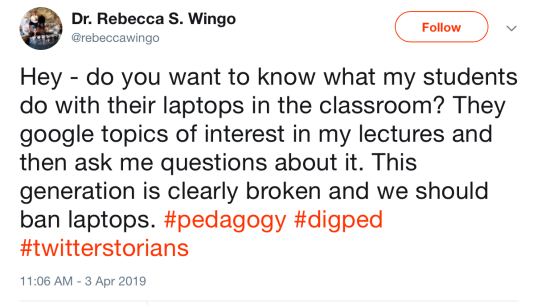One of my all time favorite bloggers, Pernille Ripp, wrote about audio books, a pet topic for me: “Why Audio Books in the Classroom?” (Read this, but read all of her blog. It’s wonderful.)
I cannot believe I haven’t written about audio books before. They have been a huge part of my family’s life for the last 10 years, and is what started me on the path to working in education technology.
 It all started on a car trip. The kids were little (probably 8 & 5 years old) and antsy. We stopped at a bookstore. I spotted a CD of The Boxcar Children. Aha! Perfect for a car trip. The kids were hooked, and our adventure with audio books began.
It all started on a car trip. The kids were little (probably 8 & 5 years old) and antsy. We stopped at a bookstore. I spotted a CD of The Boxcar Children. Aha! Perfect for a car trip. The kids were hooked, and our adventure with audio books began.
My daughter has never liked to read – with her eyes. She was not a natural reader, she has never liked to read. It has always been a struggle. However – as Ms Ripp describes her student doing, my daughter INHALED audio books. We couldn’t keep up – it involved many trips to the library and finding affordable books on CD (and yes, even on cassette!) The arrival of the iPod and downloadable audio books was a game changer.
Yet, we still struggled to get school to accept audio books as books. My daughter’s 4th grade teacher flat out told us they didn’t count. Well, I flat out lied about it on those stupid reading logs we were supposed to do. (This teacher wouldn’t let kids read graphic novels either, but that’s another post.)
Thank goodness for the 5th grade teacher who not only accepted, but encouraged the audio books! Turns out her daughter is legally blind and consumes audio books at an amazing rate. At that point, the audio books were written into the 504, and although we have had to keep fighting for acceptance, we had documentation in our court. My daughter now gets all her college books in an audio version and it’s not an issue.
I get why people struggled to accept audio books as legitimate, but it’s time to change. The skills of listening to a text are just as necessary as reading with your eyes. Just as the world is moving quickly to more visual literacy (meaning learning to “read” images, data visualizations, etc.,) we also need to teach audio skills. We get information in so many ways now that we cannot limit it to reading with our eyes.
It is always expected that my daughter has a print book in front of her while she listens. She can’t do that. She needs to have her fingers busy. While listening, she often does a puzzle, knits or plays sudoku. It’s how she listens deeply. We’ve learned that this is how she learns best — not the way school thinks she should learn. I think the visual decoding is really difficult and distracting for her.
Sometimes, my son does listen to a book with the print book in front of him, if he’s doing heavy reading for school. He takes notes, marks the text. It’s how he learns. For him, using both audio and visual works.
One of my recent work projects was producing a digital curriculum. We fought hard to have all the text narrated by professional actors. And guess what — it is probably the biggest selling point of the digital product. When we did early testing, I had the opportunity to test it with all levels of readers. Even the “high” readers – those reading far above grade level – loved the audio. It isn’t just for “special ed” (I HATE that term) or kids with LDs.
Give them a shot — while I love reading the Harry Potter series, I also love listening to Jim Dale read it to me. And how about celebrity bios? Nothing funnier than listening to Ellen DeGeneris reading you her book, or nothing more enjoyable than listening to Rob Lowe read his. Seriously. Try it.






